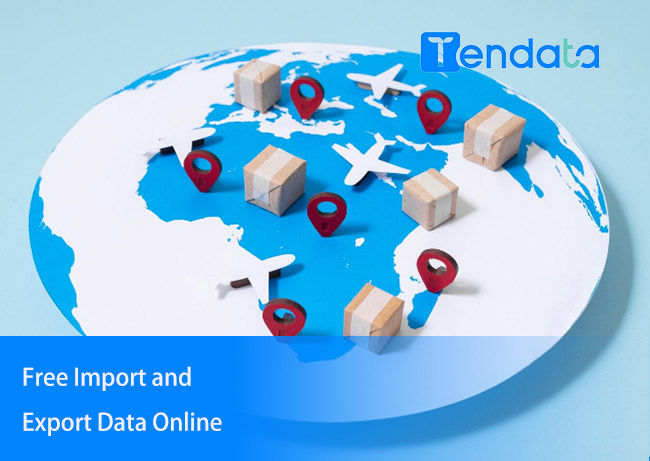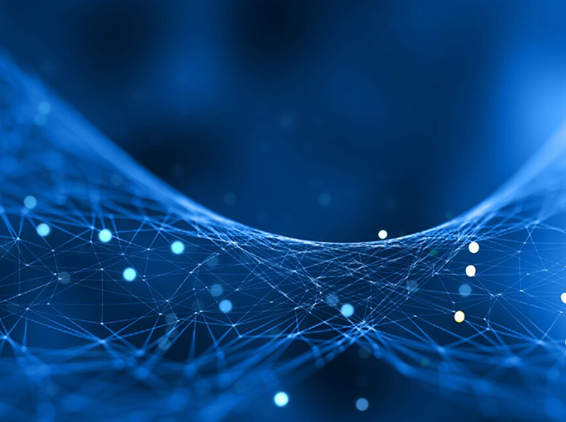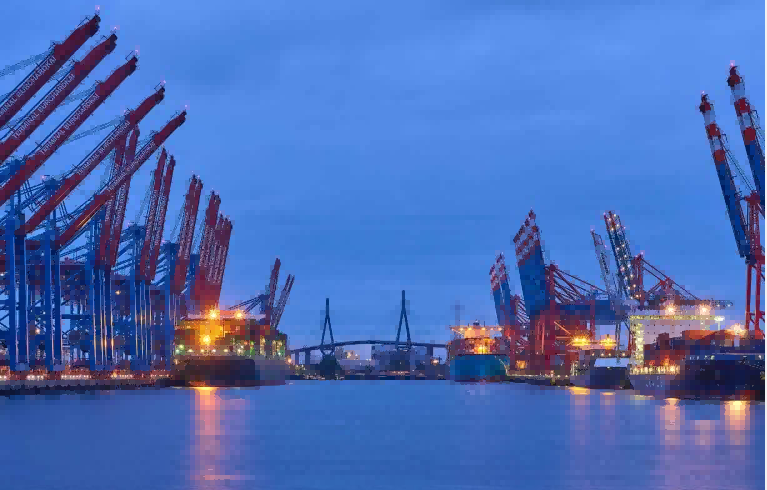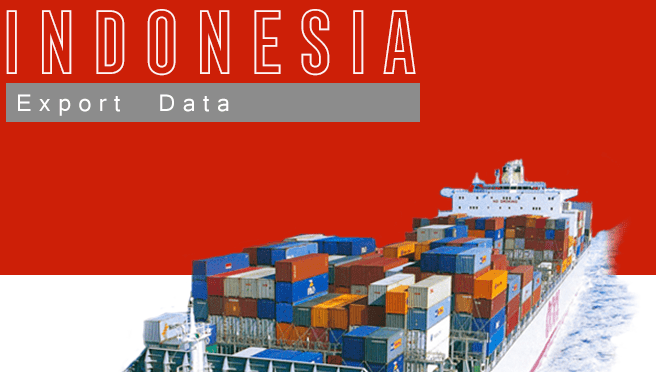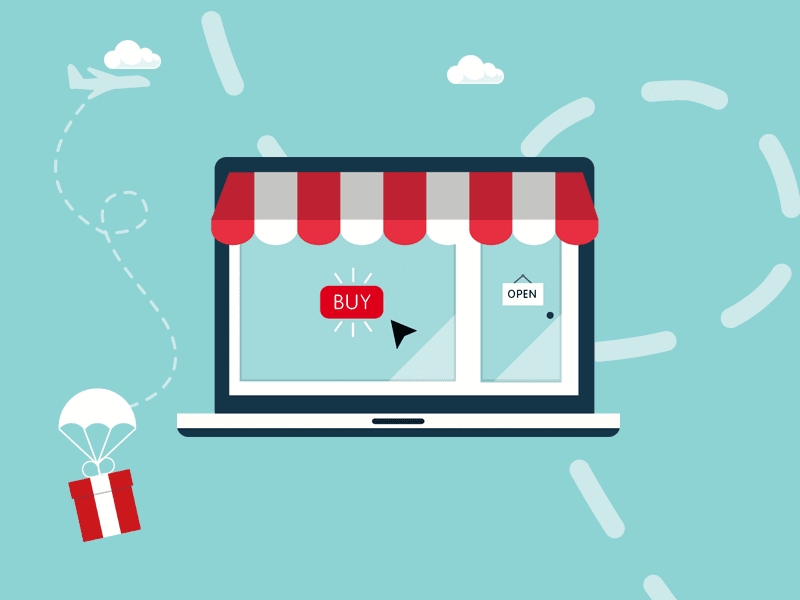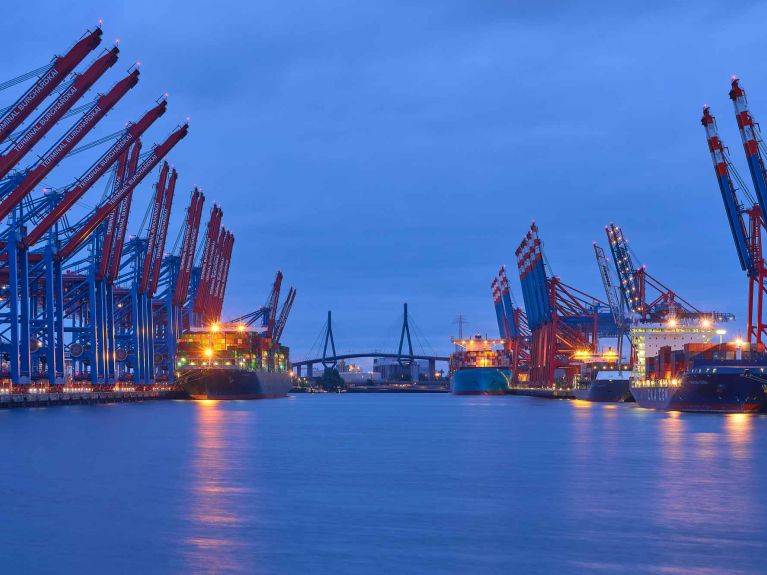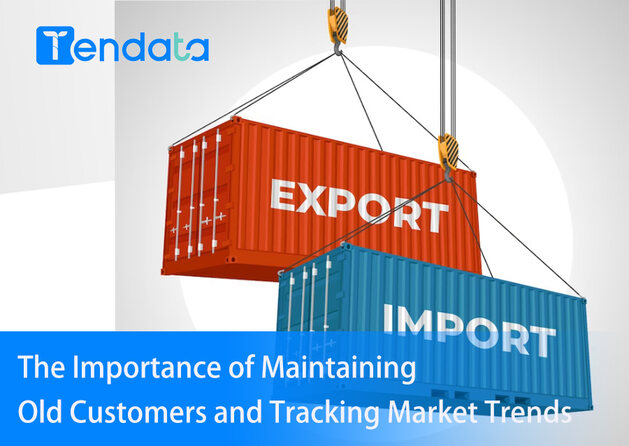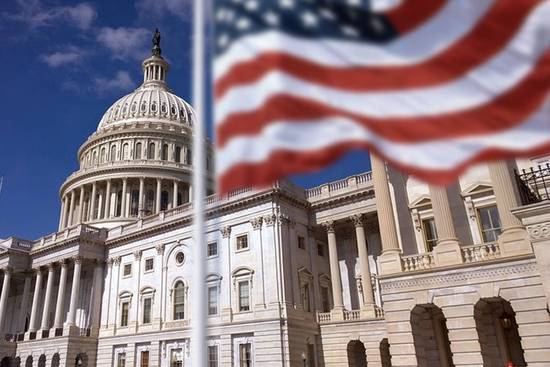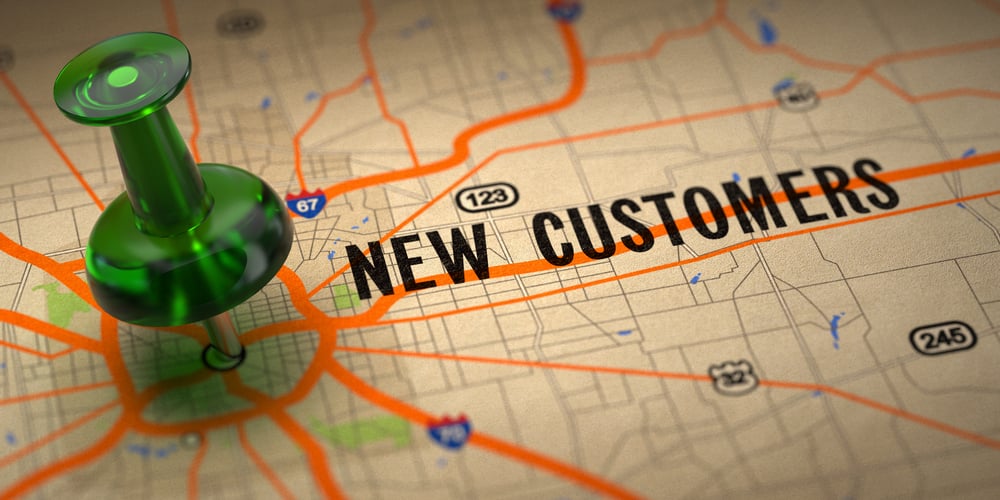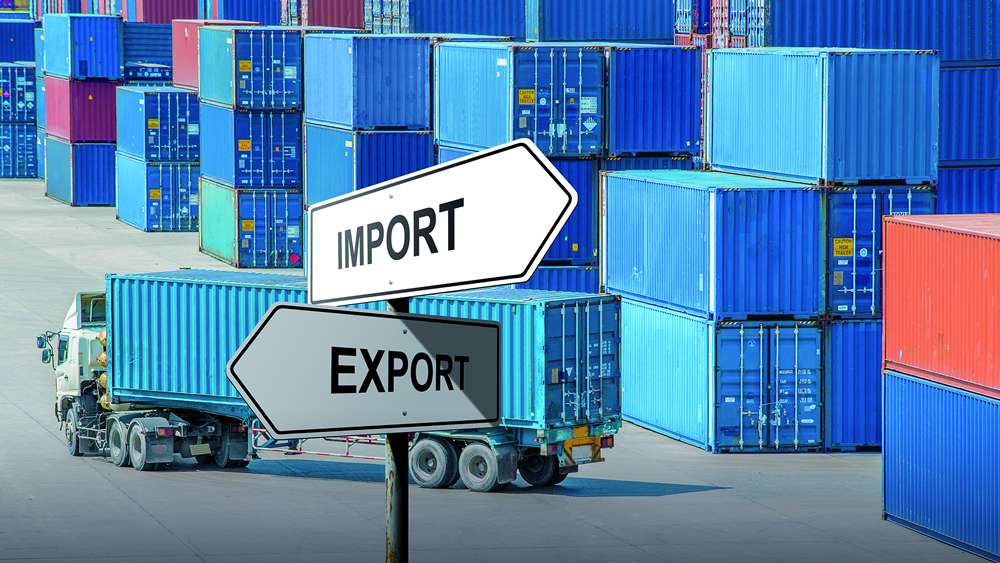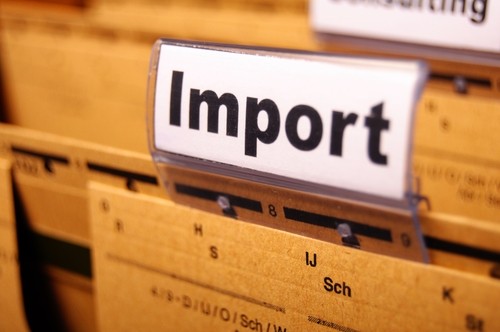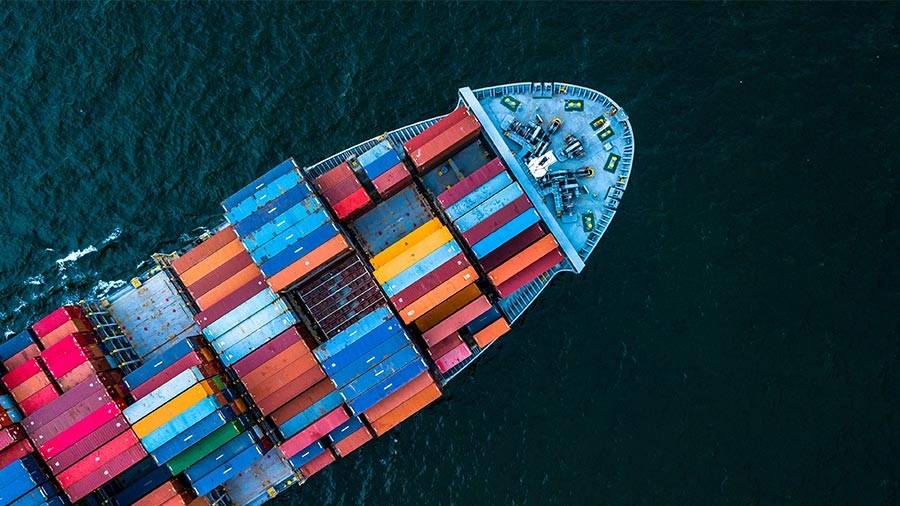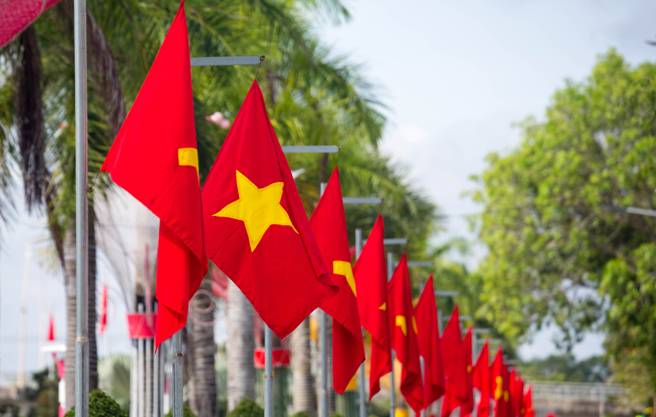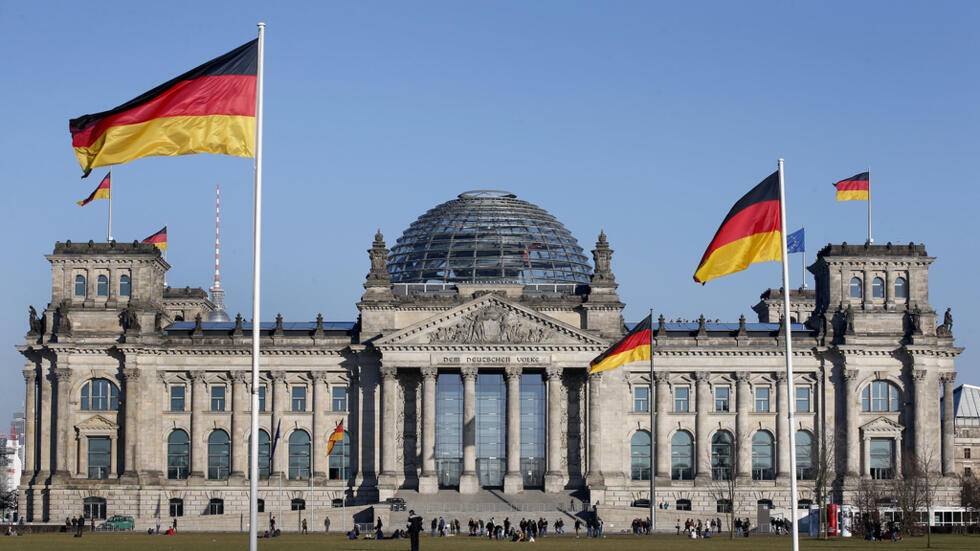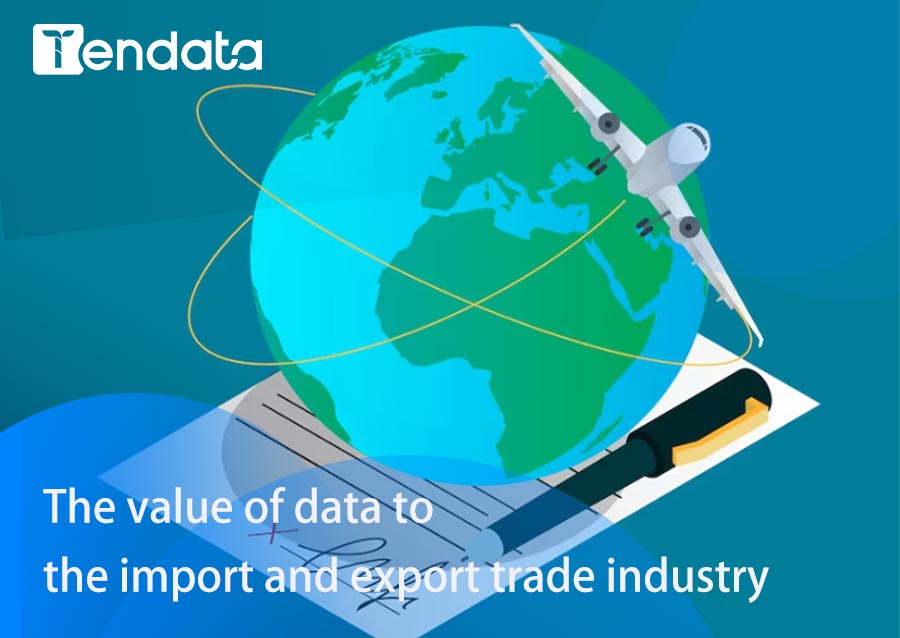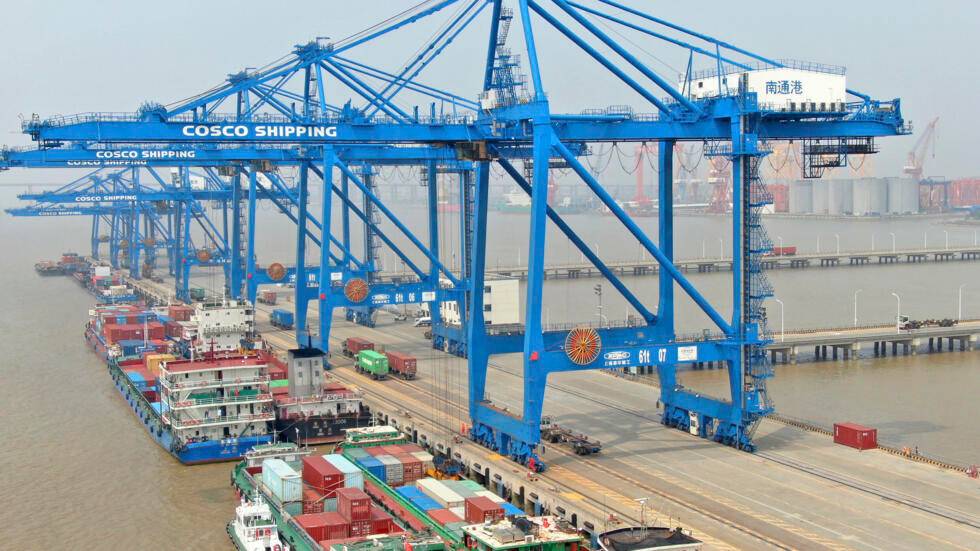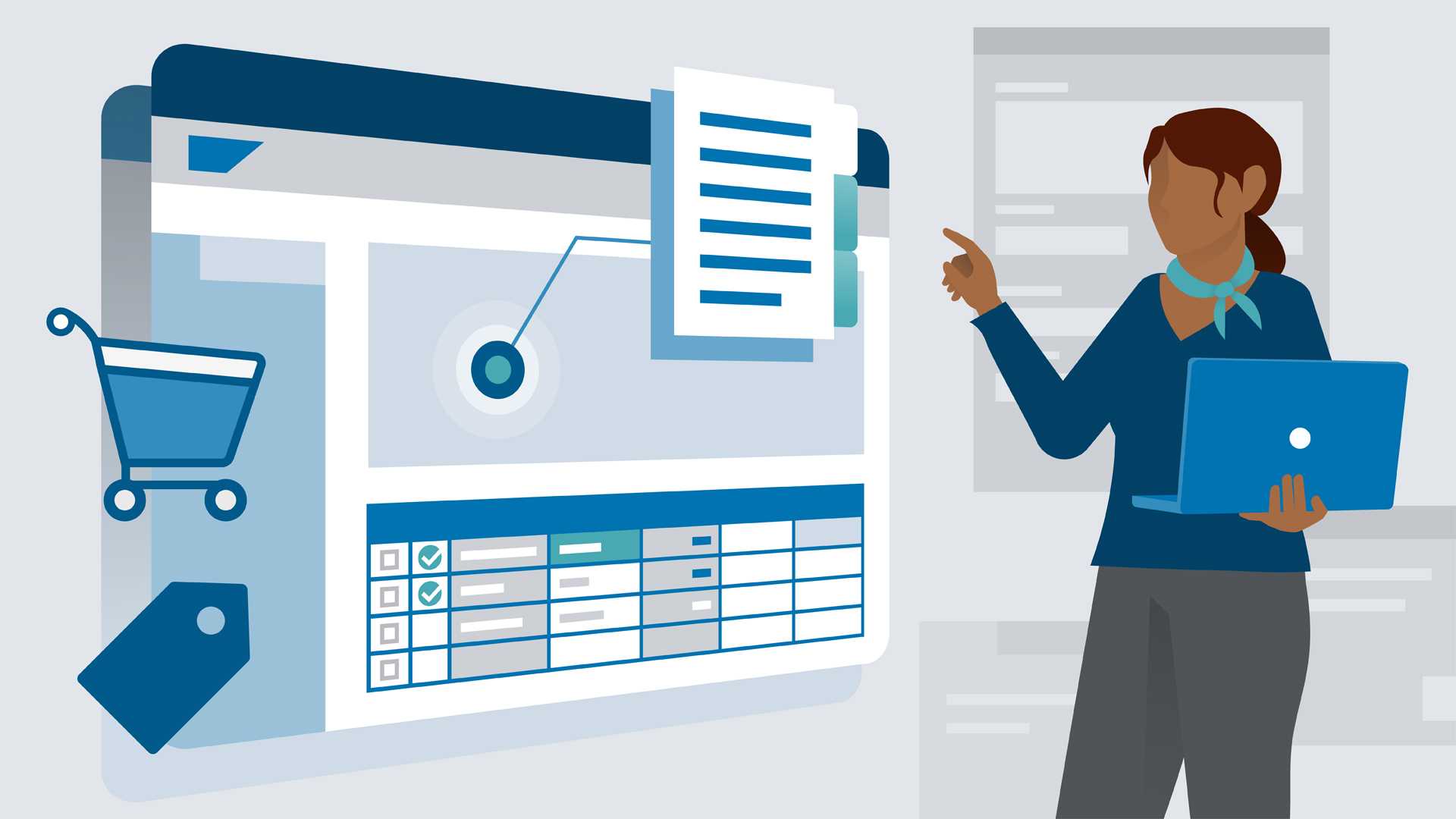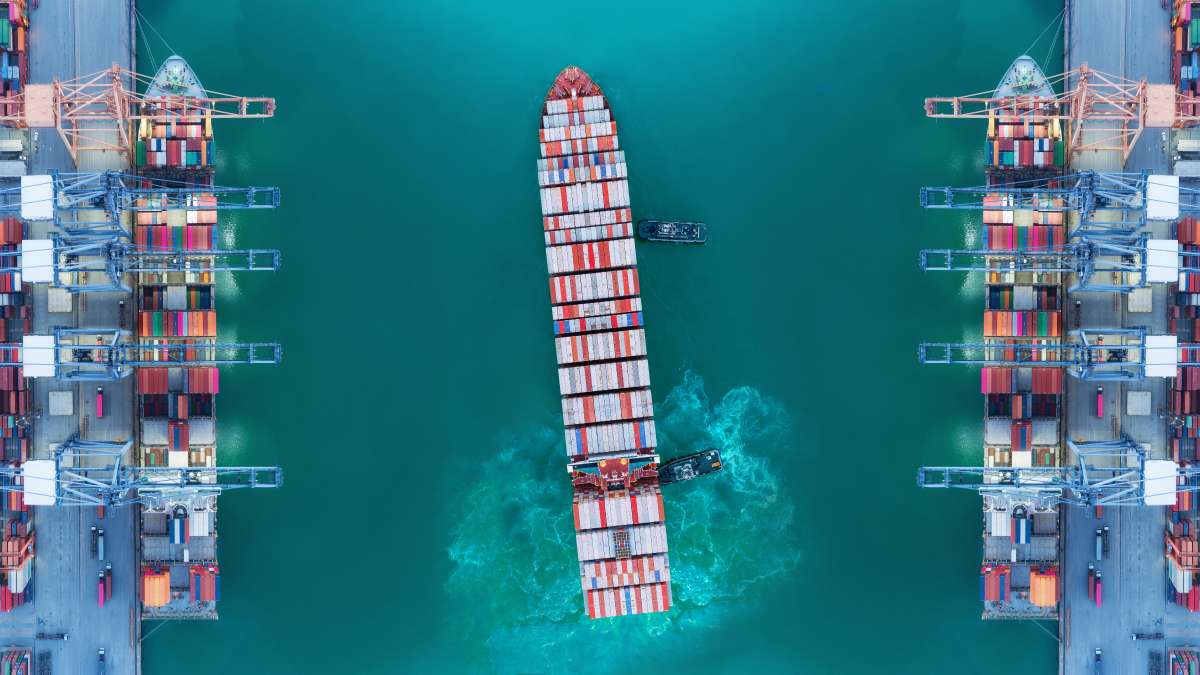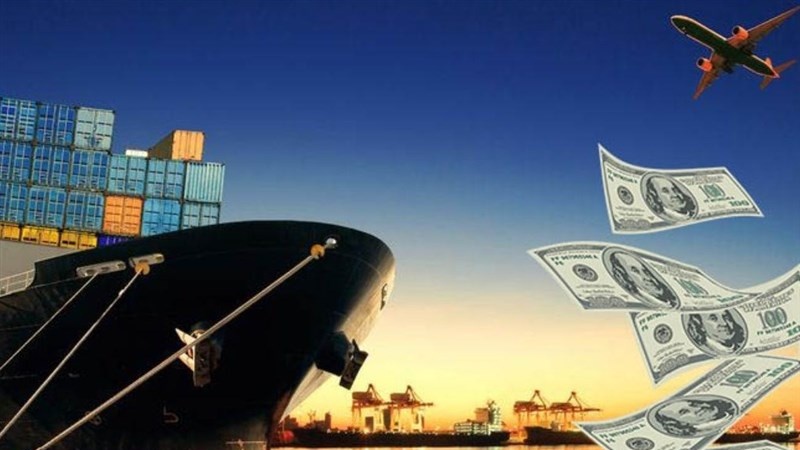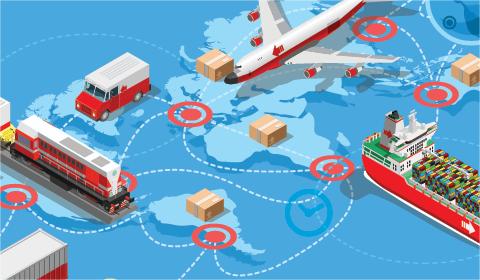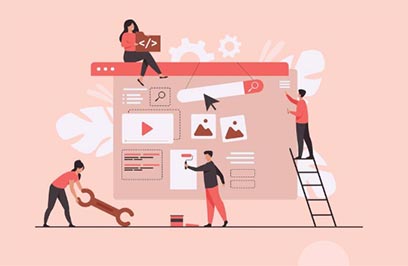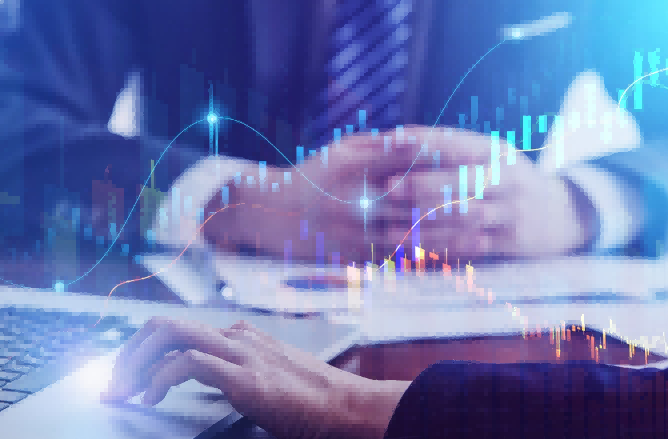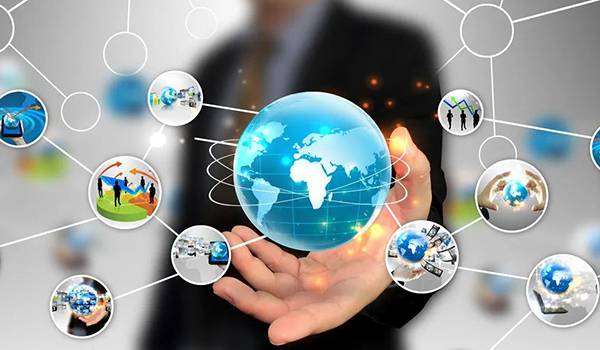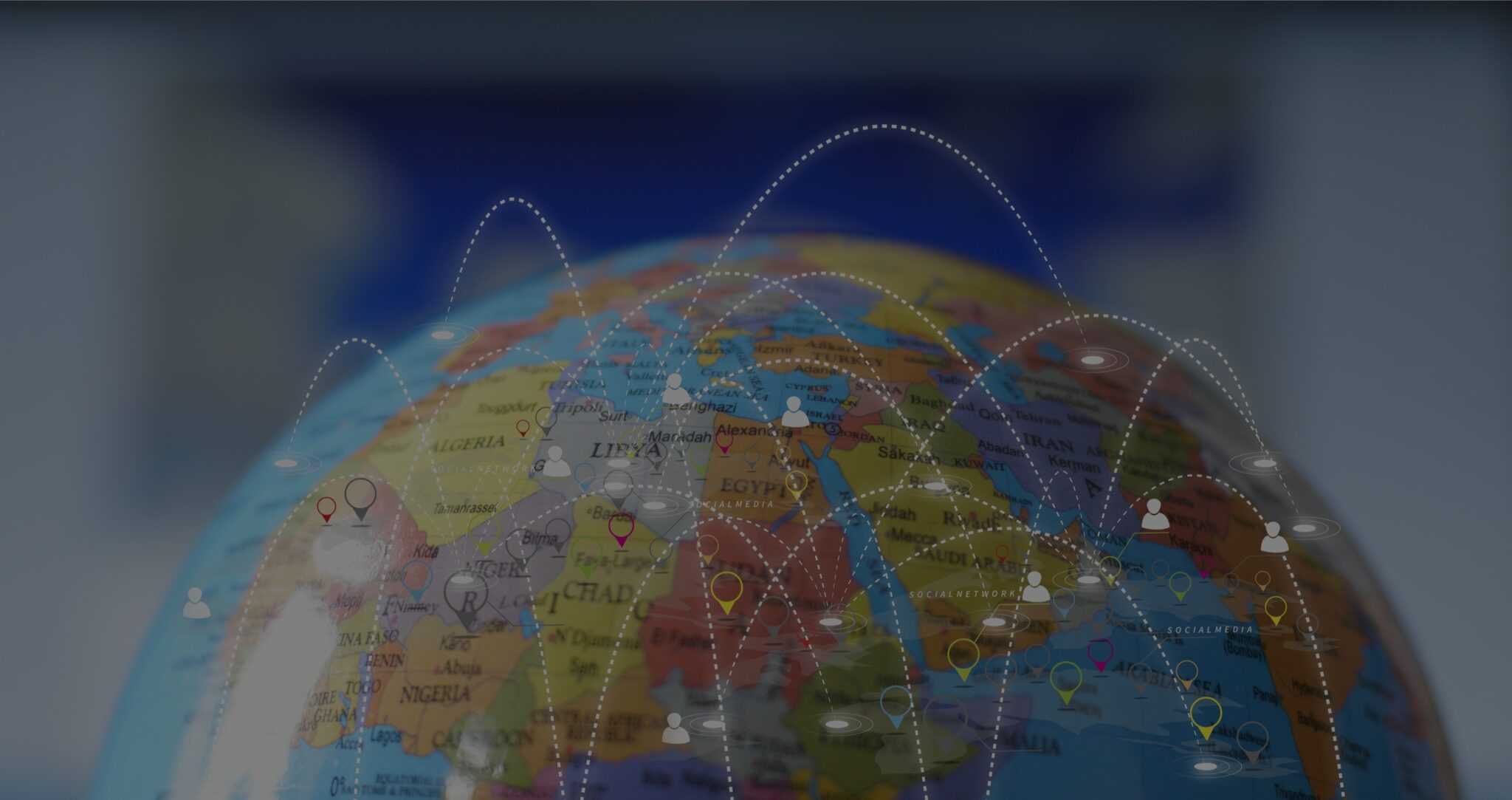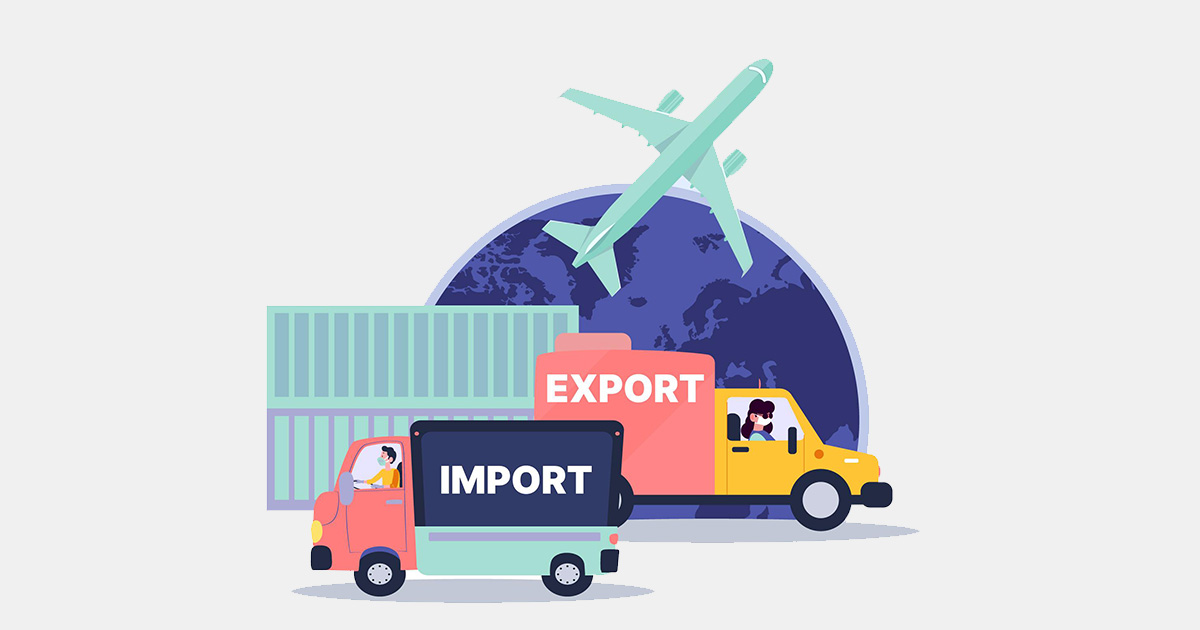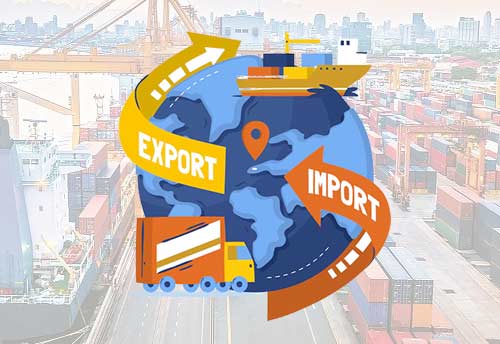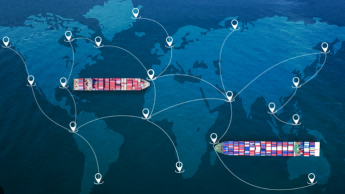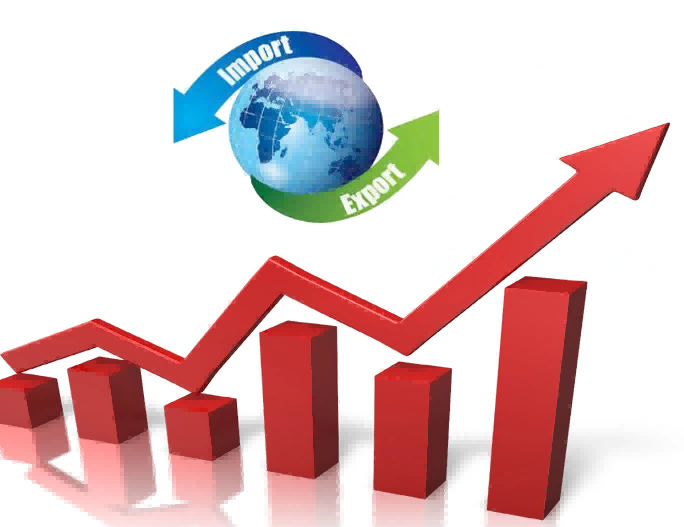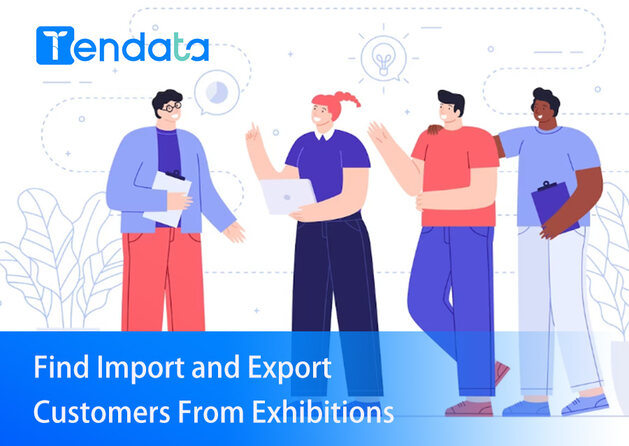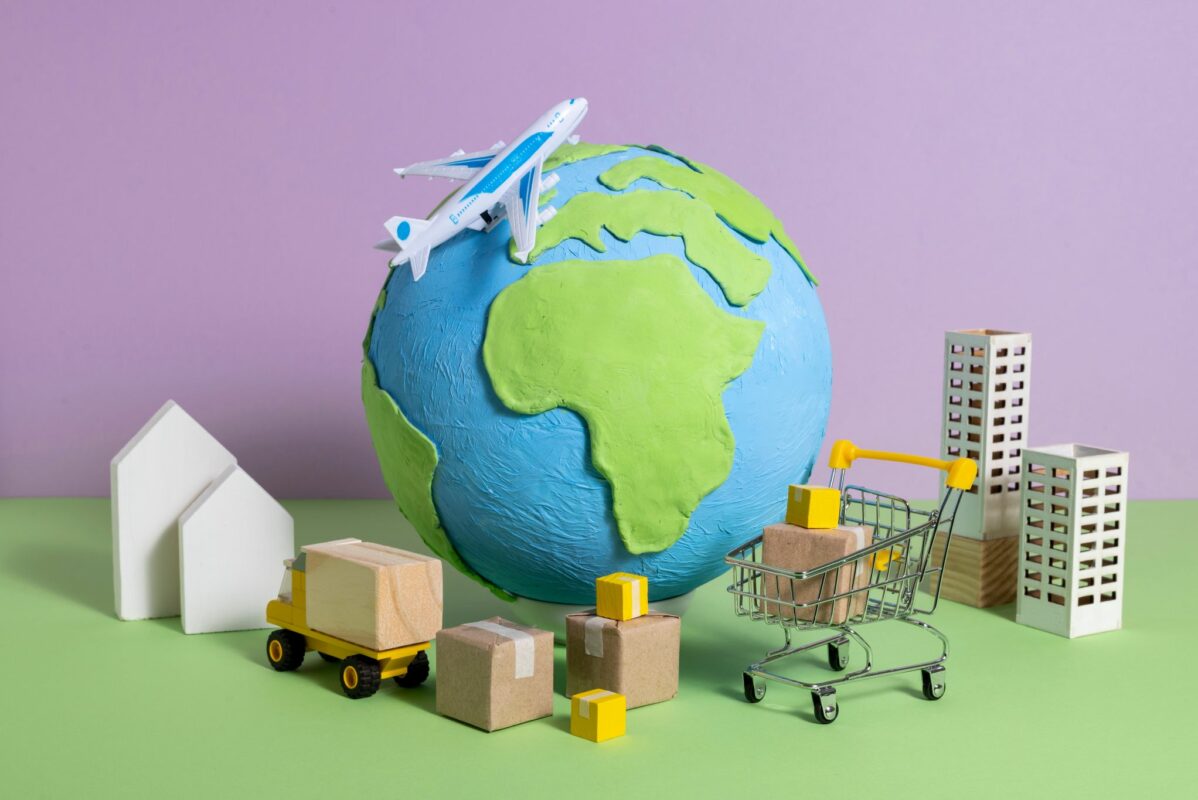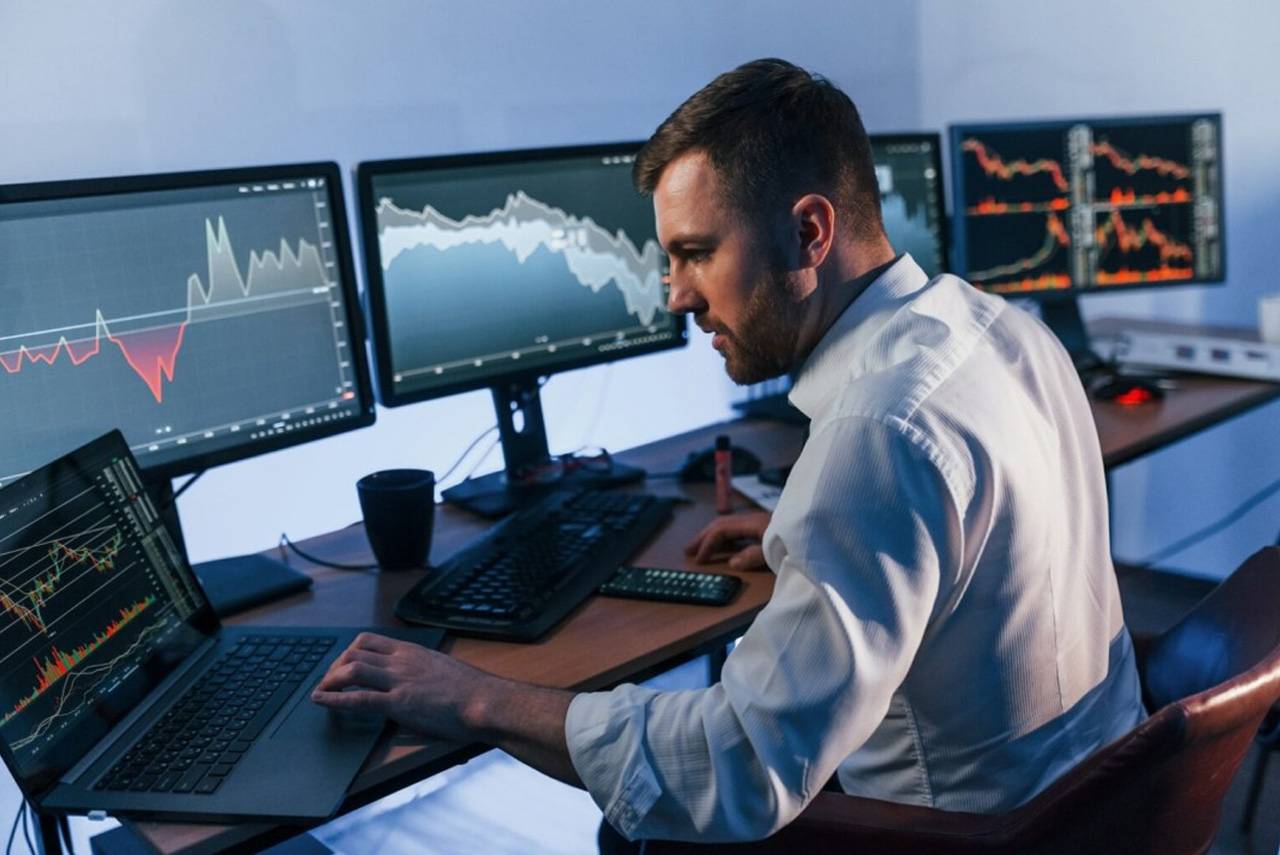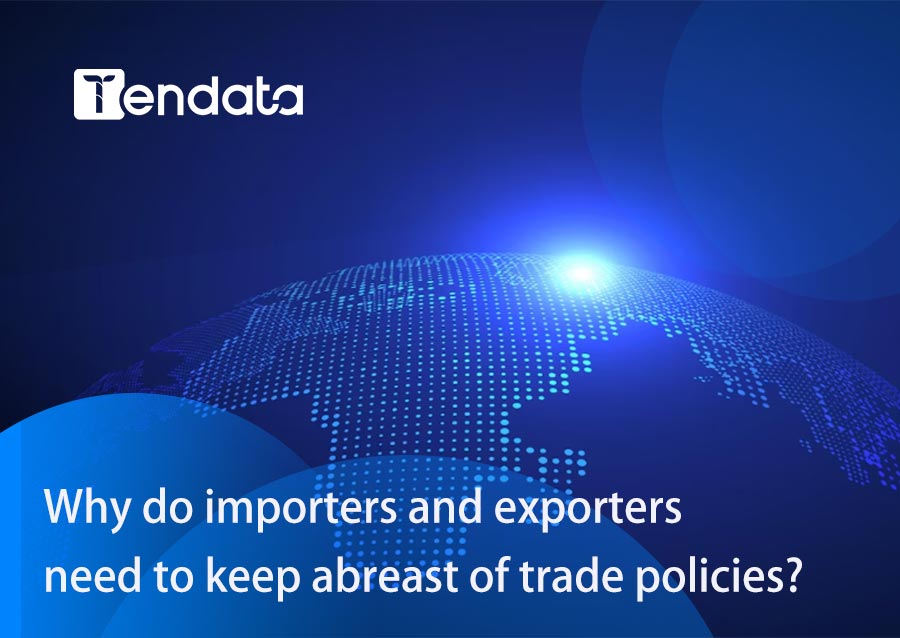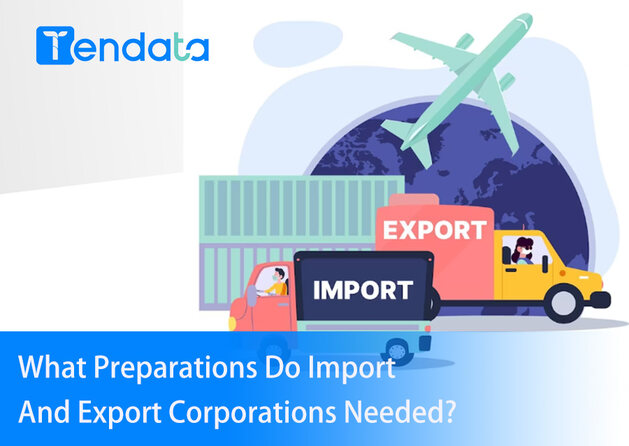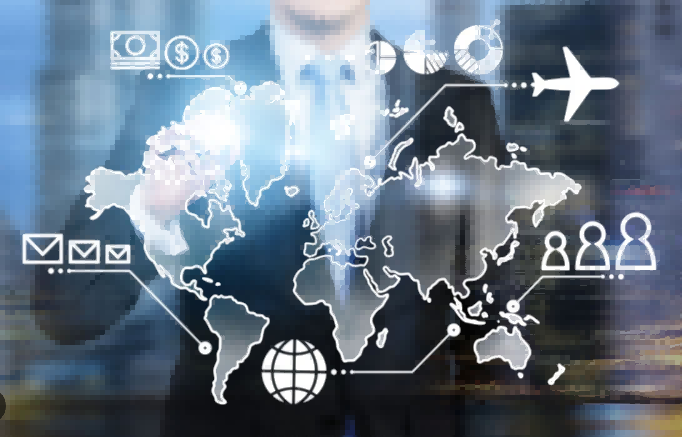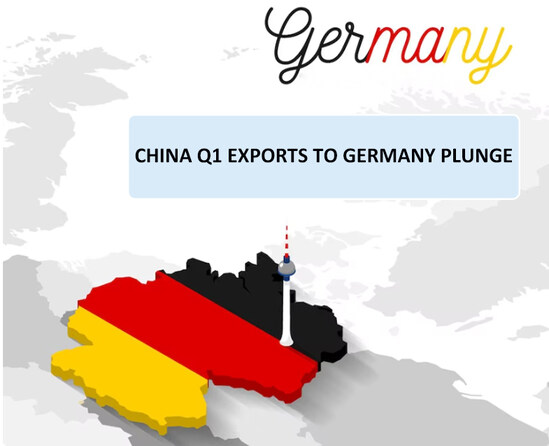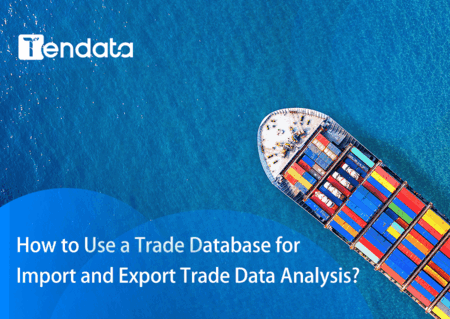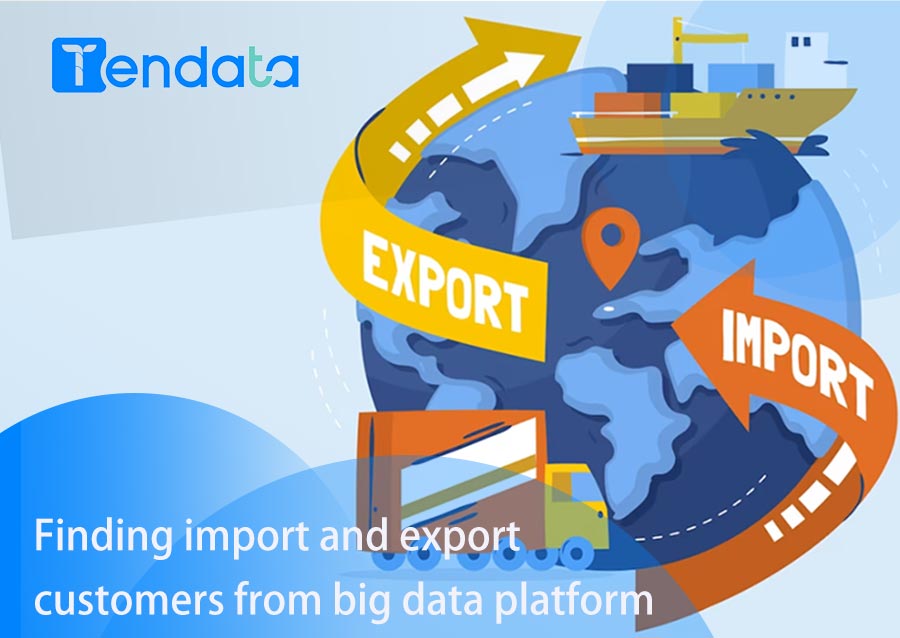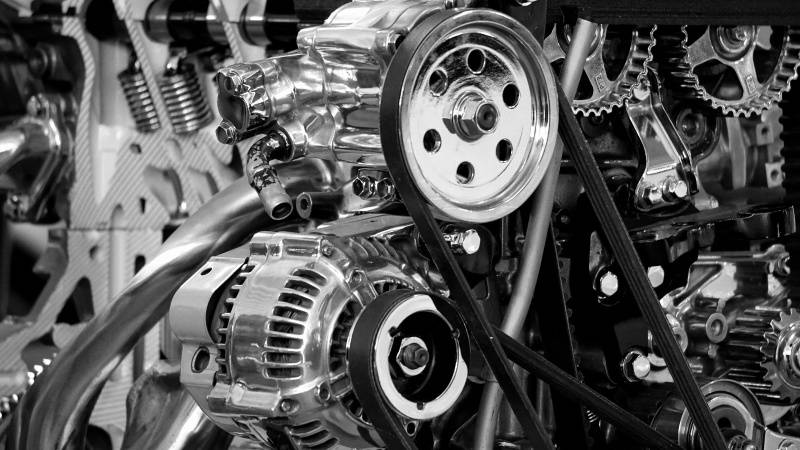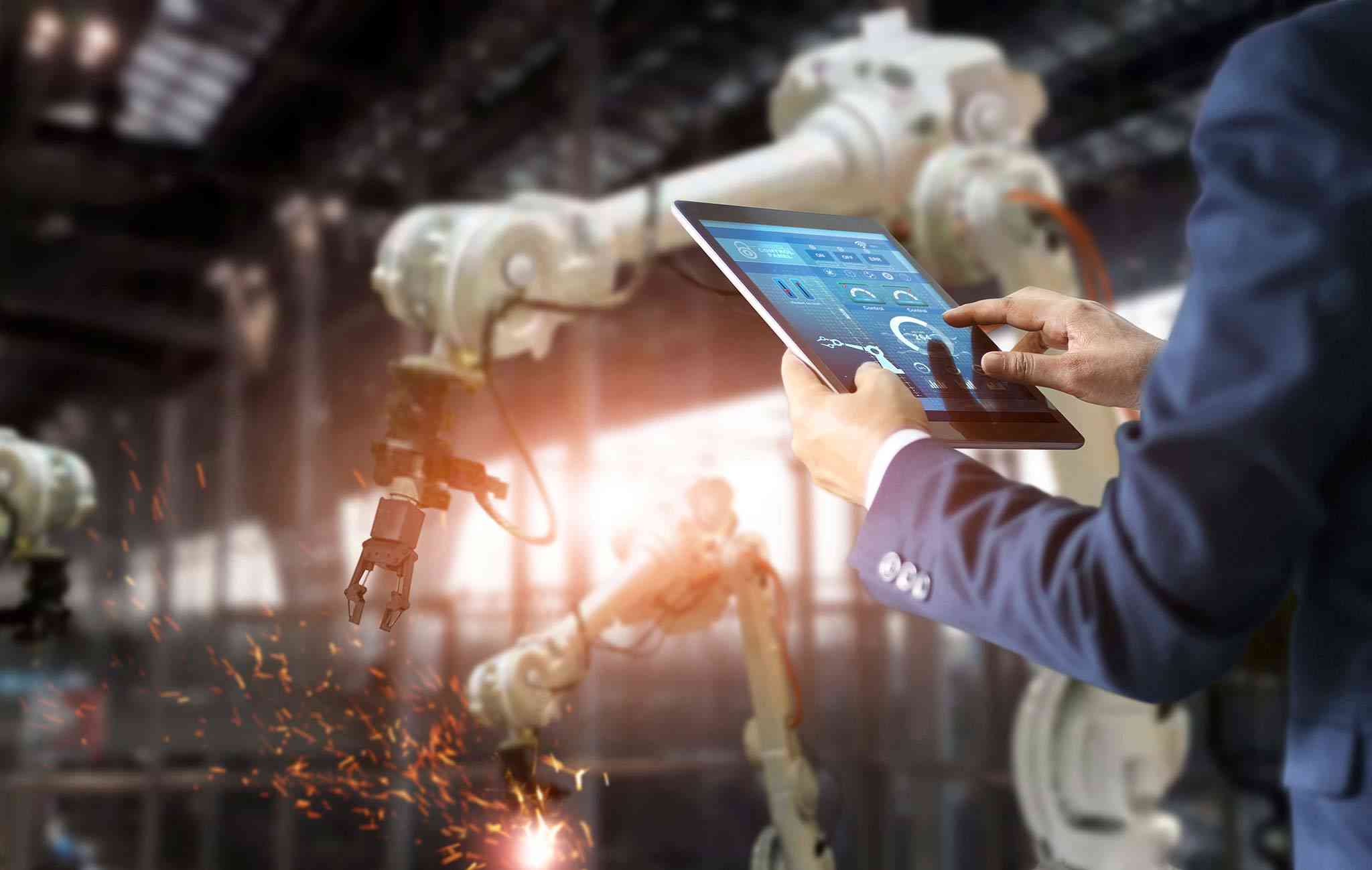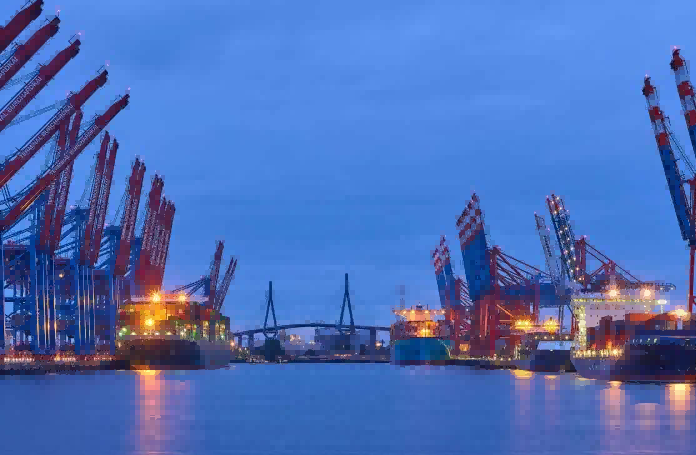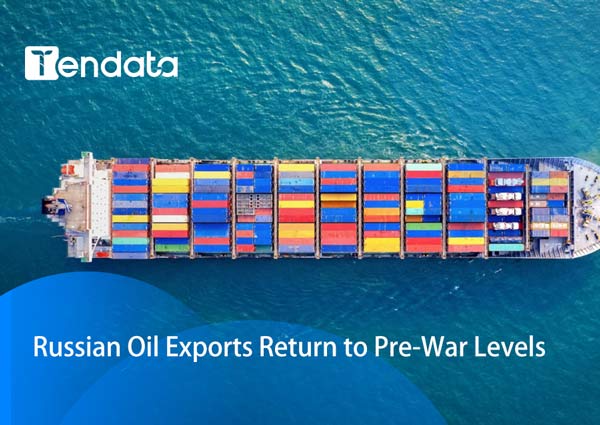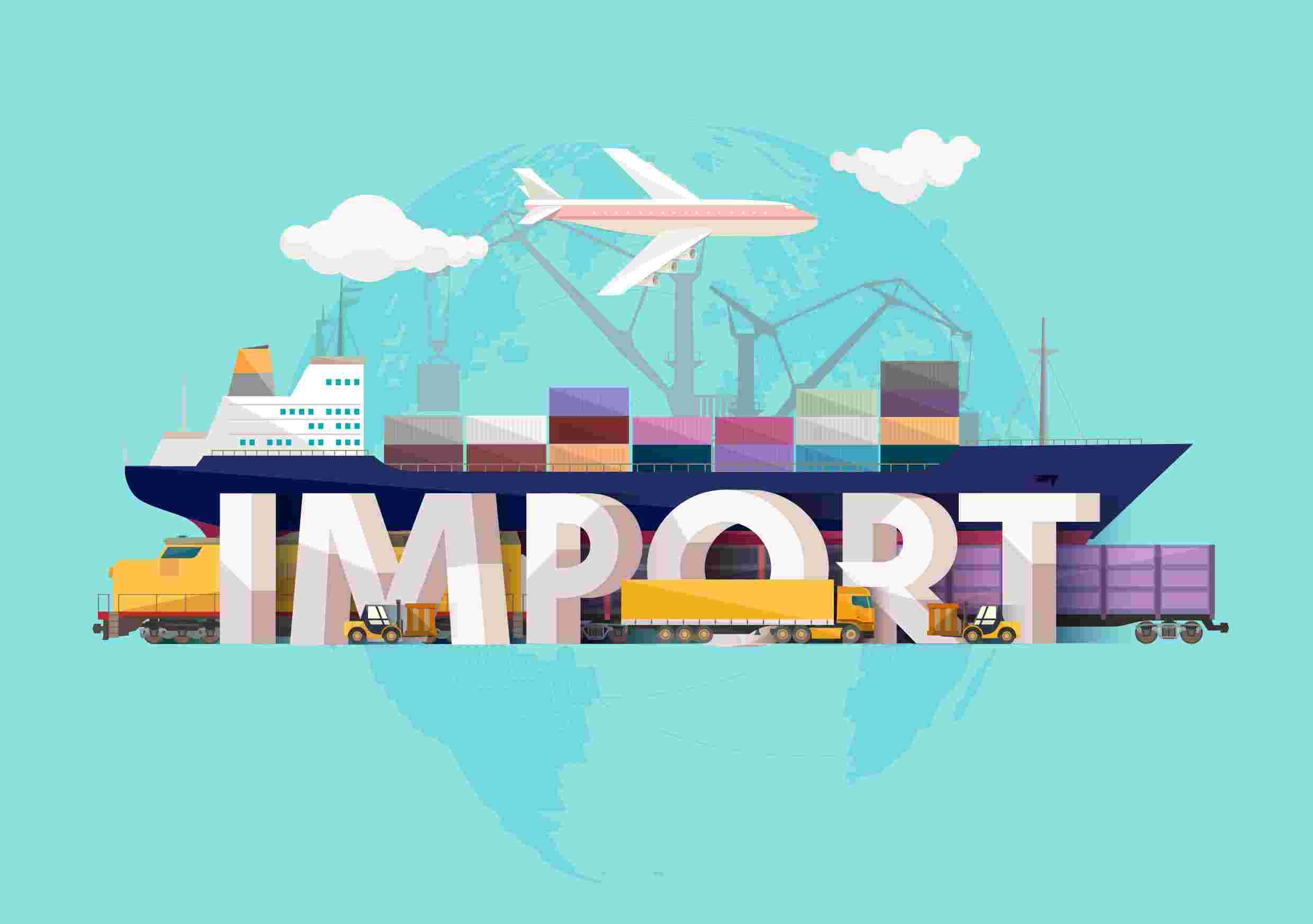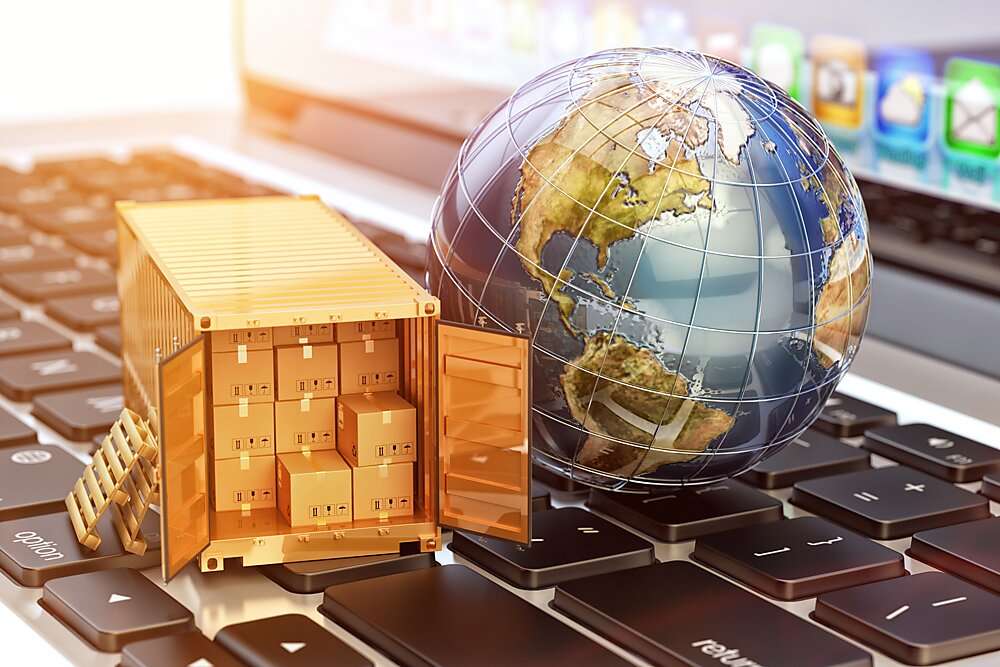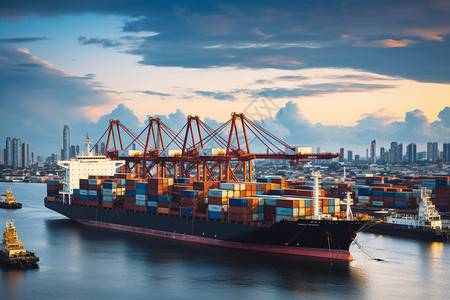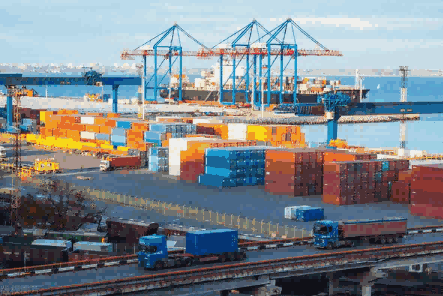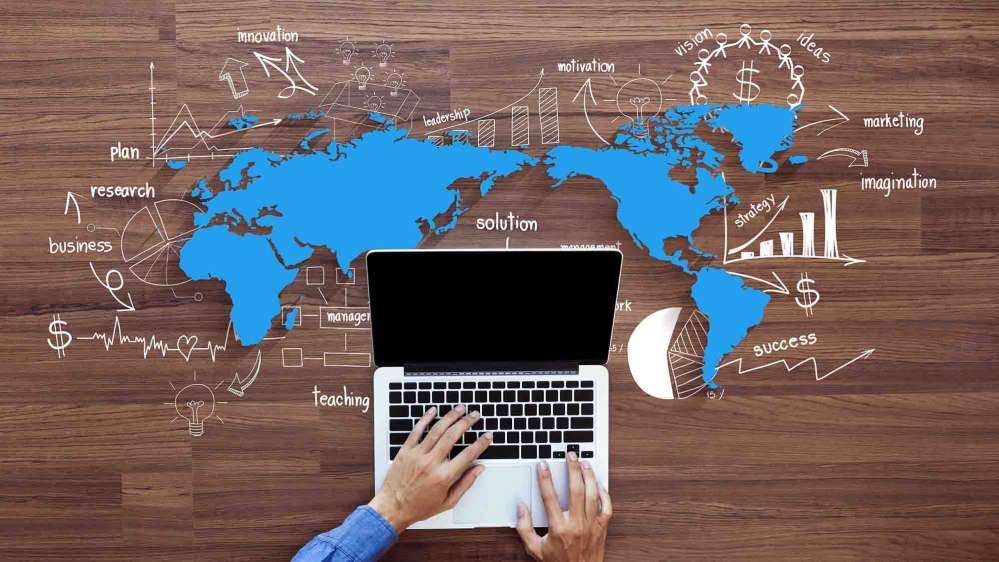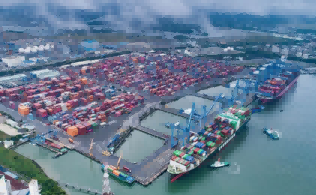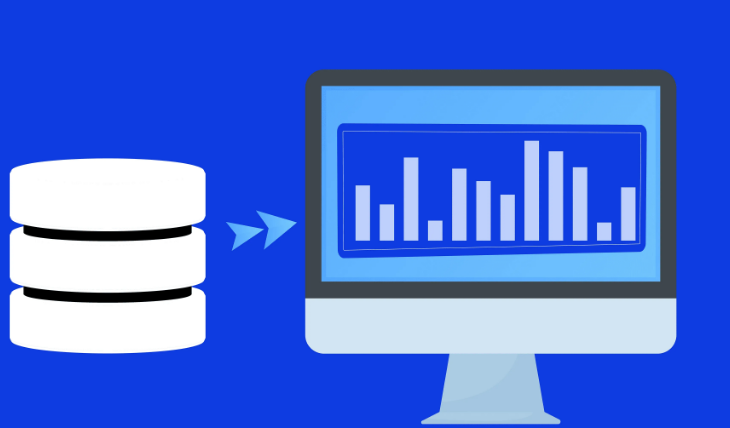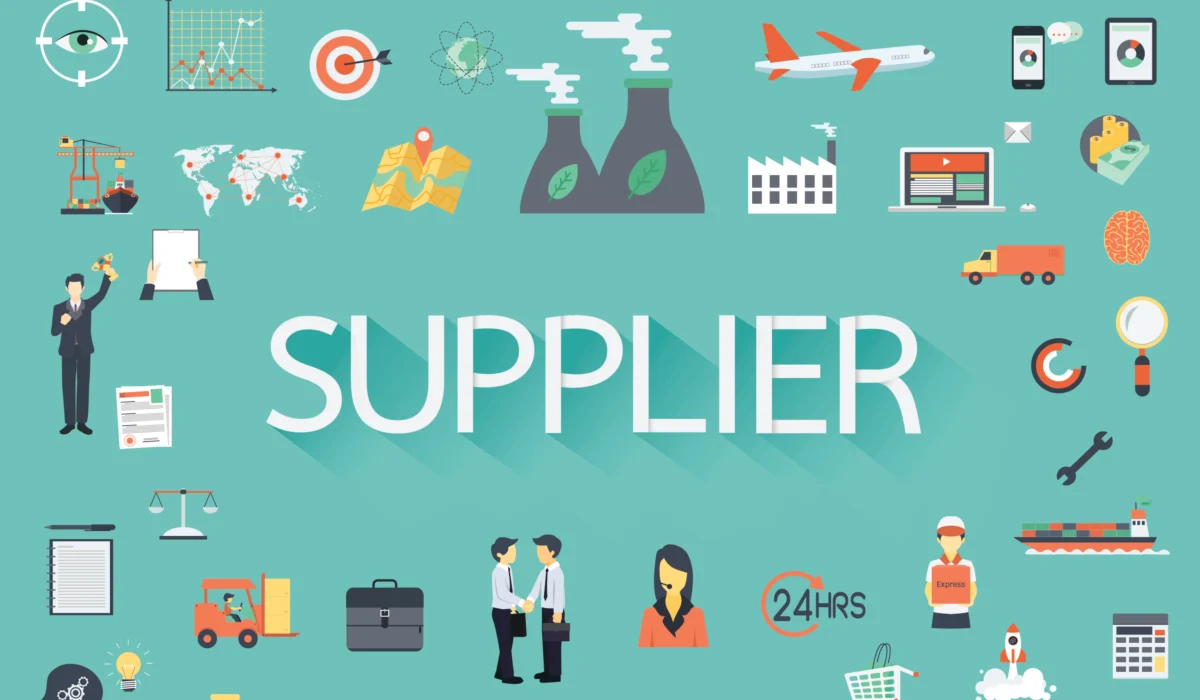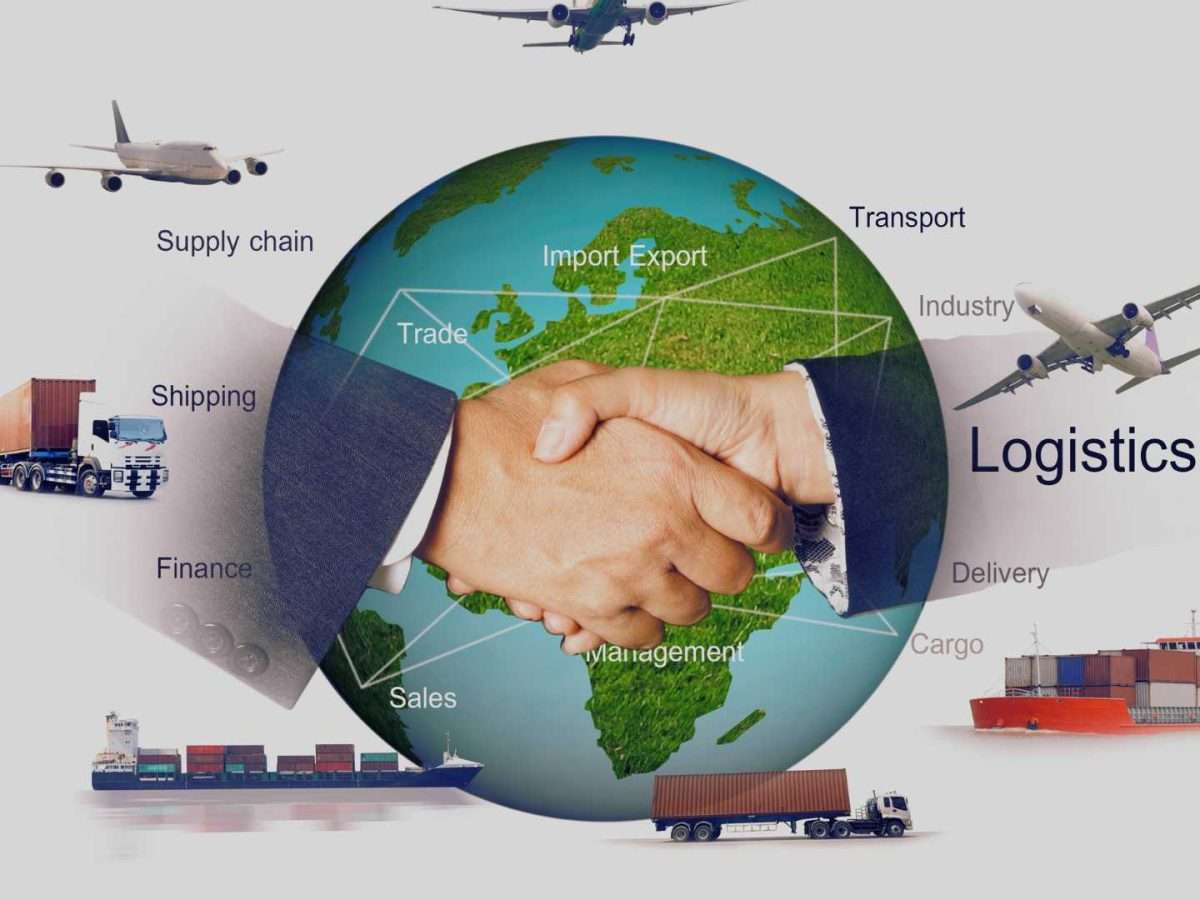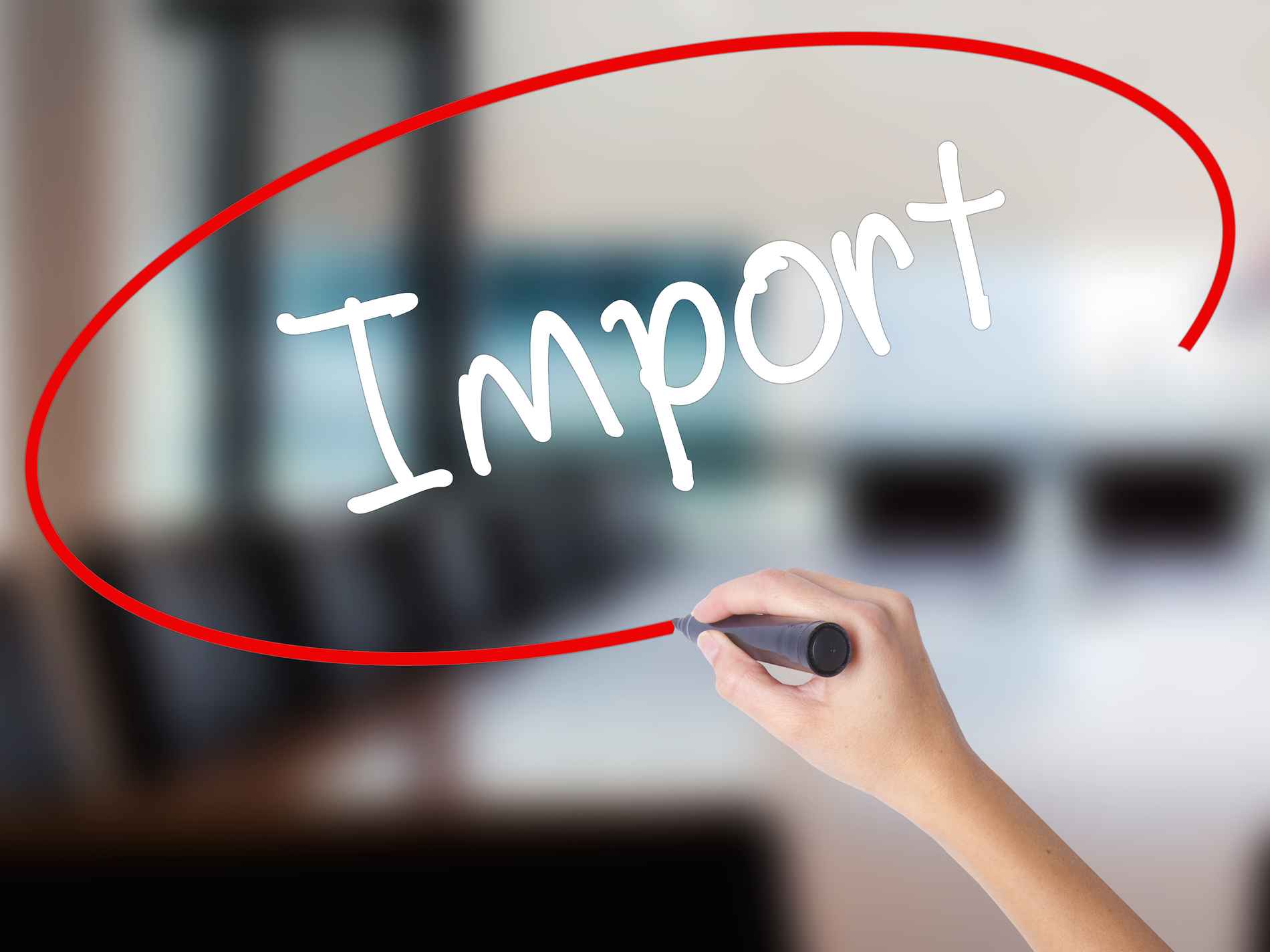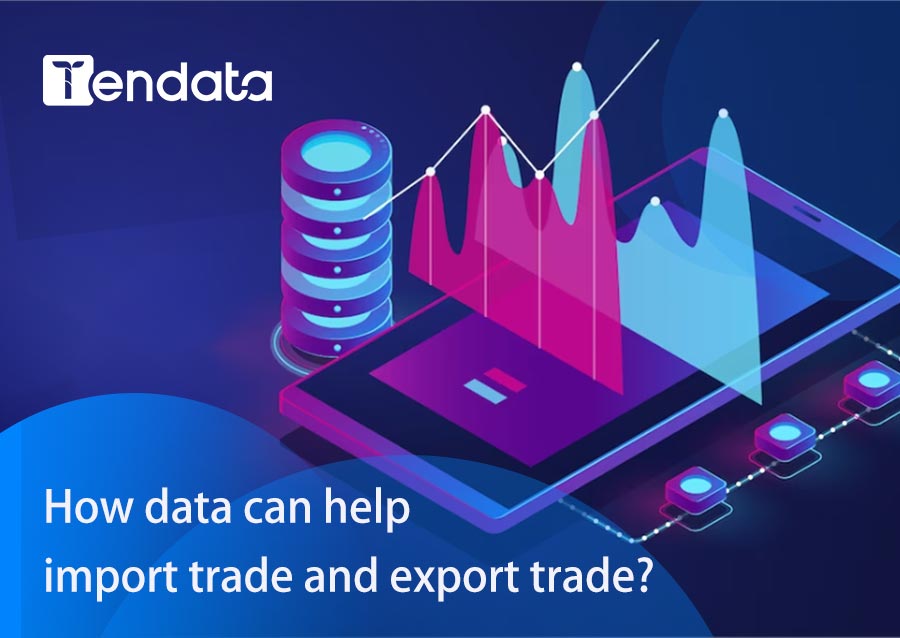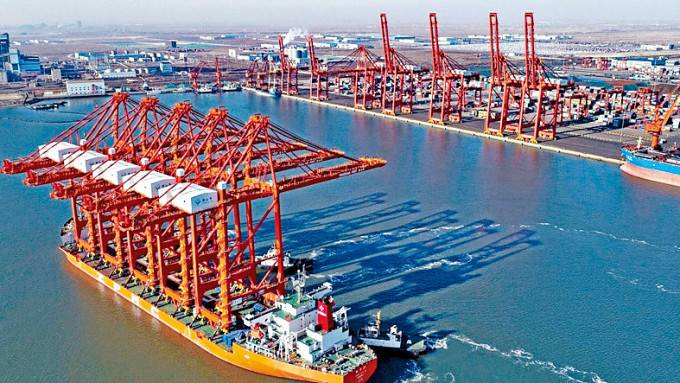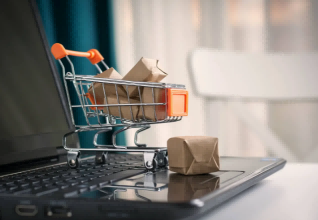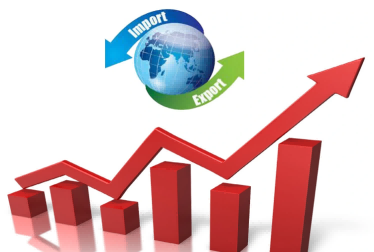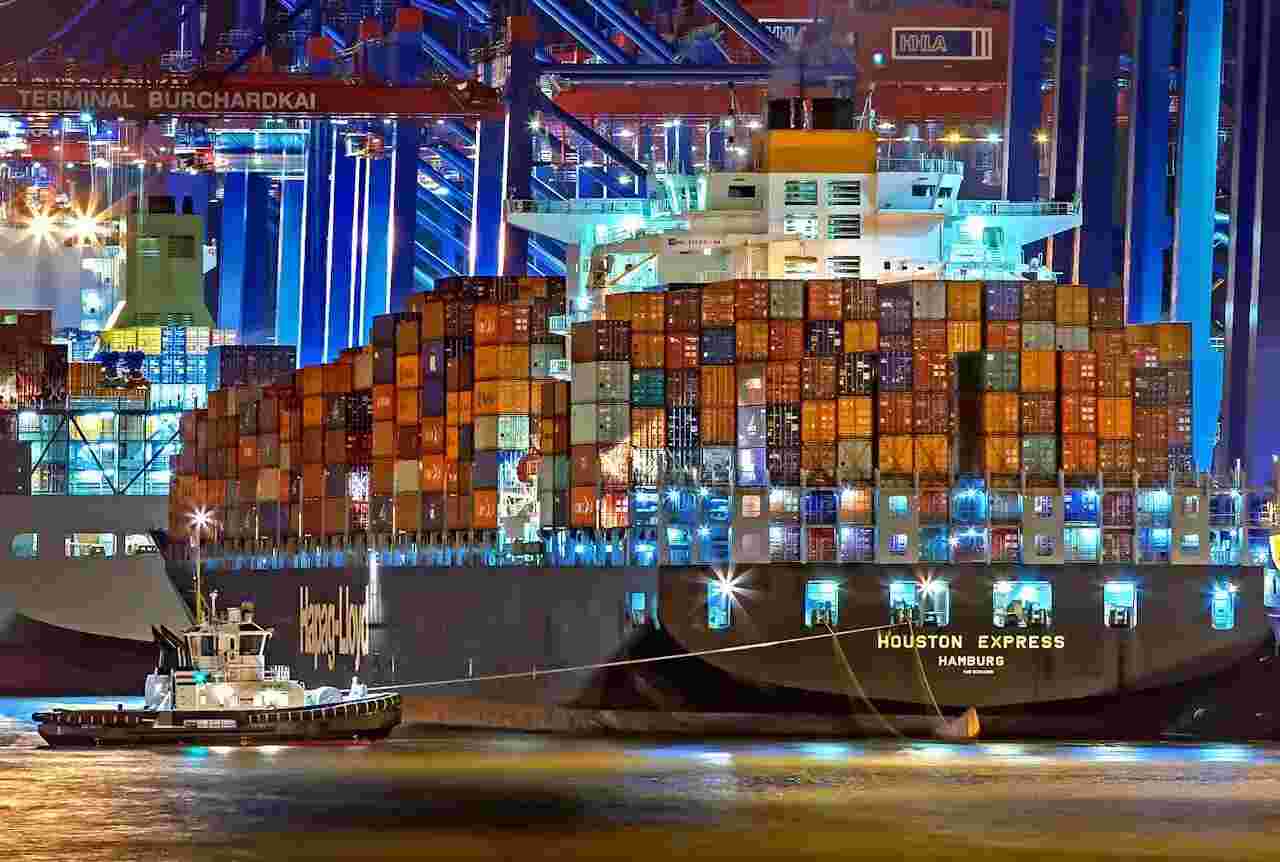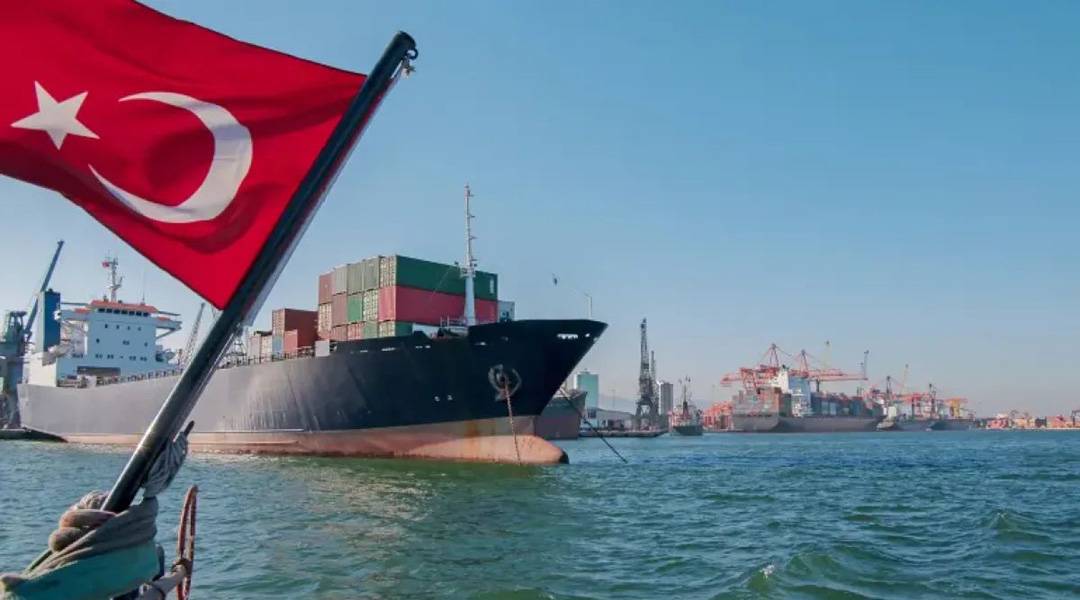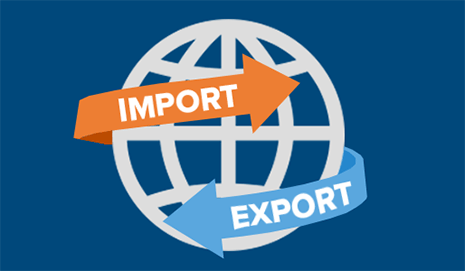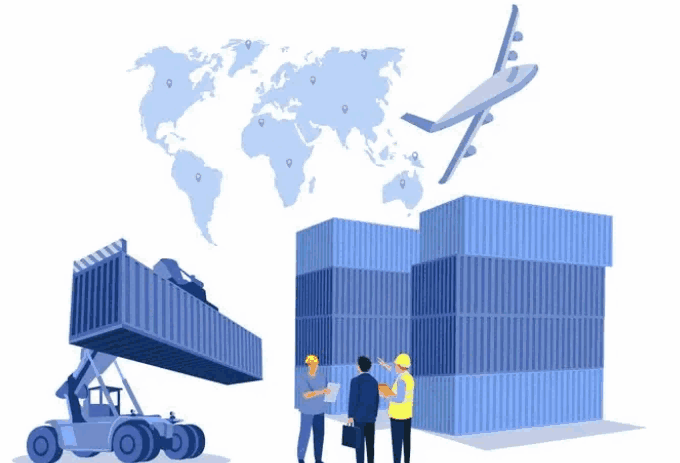 Trade Trends News
Trade Trends News
 2025-06-27
2025-06-27
In the fast-paced world of global trade, being able to swiftly interpret and act on data is crucial for staying ahead. With the increasing role of artificial intelligence (AI) and automation, businesses now have the tools to analyze import-export data more accurately and faster than ever before. As we approach 2025, these technologies are not just reshaping how trade professionals view the market—they’re revolutionizing the very way decisions are made.
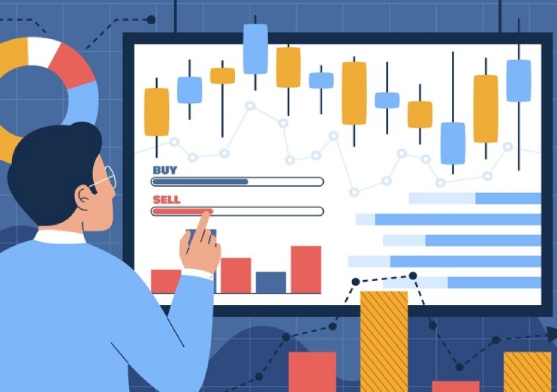
The Current Landscape: Challenges and Opportunities
In today's global trade environment, data is everywhere. From shipments to customs paperwork and fluctuating exchange rates, the volume of information is immense. For professionals managing the flow of goods across borders, this data is essential for making informed decisions. However, the complexity and scale of this information often make it difficult to derive actionable insights quickly.
This is where AI and automation come in. These technologies can process vast datasets in real time, providing businesses with instant access to the information they need. AI-powered tools help uncover trends, identify potential disruptions in supply chains, and offer predictive insights into market shifts—ultimately enabling faster and smarter decision-making.

Key Benefits of AI and Robotics in Trade Data
AI-Powered Insights: AI excels at analyzing historical trade data to identify patterns and predict future trends. This predictive capability allows businesses to anticipate market fluctuations, optimize their strategies, and mitigate risks before they arise.
Real-Time Data for Agile Decision-Making: In global trade, speed is everything. AI-powered tools can process data on the fly, providing up-to-the-minute information that allows businesses to react swiftly to new opportunities or challenges.
Automation of Routine Tasks: Robotics can handle routine data-related tasks, such as managing customs documentation and ensuring compliance with various regulations. This frees up professionals to focus on higher-value work, while also reducing the potential for human error.
Improved Data Visualization: With AI-driven data visualization tools, trade professionals can quickly spot trends and connections that might otherwise remain hidden. These insights can be shared with teams or clients in an easily digestible format, enhancing collaboration and decision-making.
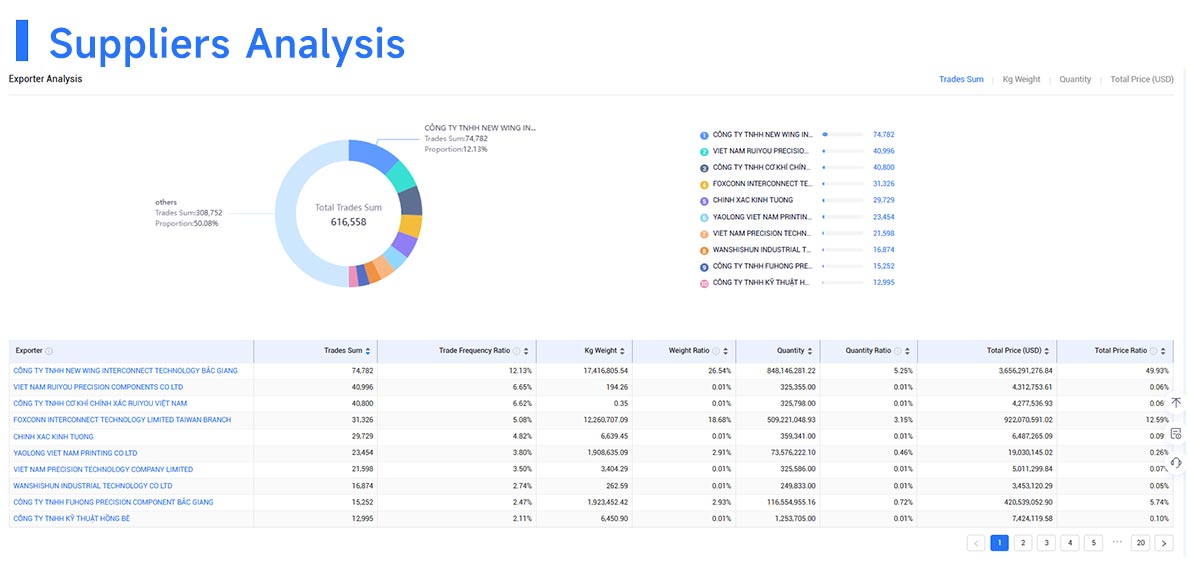
The Shift Toward Smarter, More Efficient Supply Chains
AI and robotics are transforming not just the analysis of trade data but the entire import-export process. By incorporating these technologies into supply chain operations, companies can enhance efficiency, reduce costs, and improve sustainability.
Optimized Logistics: AI can identify the most cost-effective shipping routes, predict delivery times more accurately, and reduce environmental impact by optimizing fuel usage.
Better Market Positioning: AI-driven insights into competitor activity, market trends, and consumer preferences help companies fine-tune their approach to global trade, positioning them to capture new opportunities and increase market share.
Regulatory Compliance Made Easier: Staying up-to-date with constantly changing regulations is challenging, but AI can automatically track global rule changes, ensuring compliance and reducing the risk of costly mistakes.
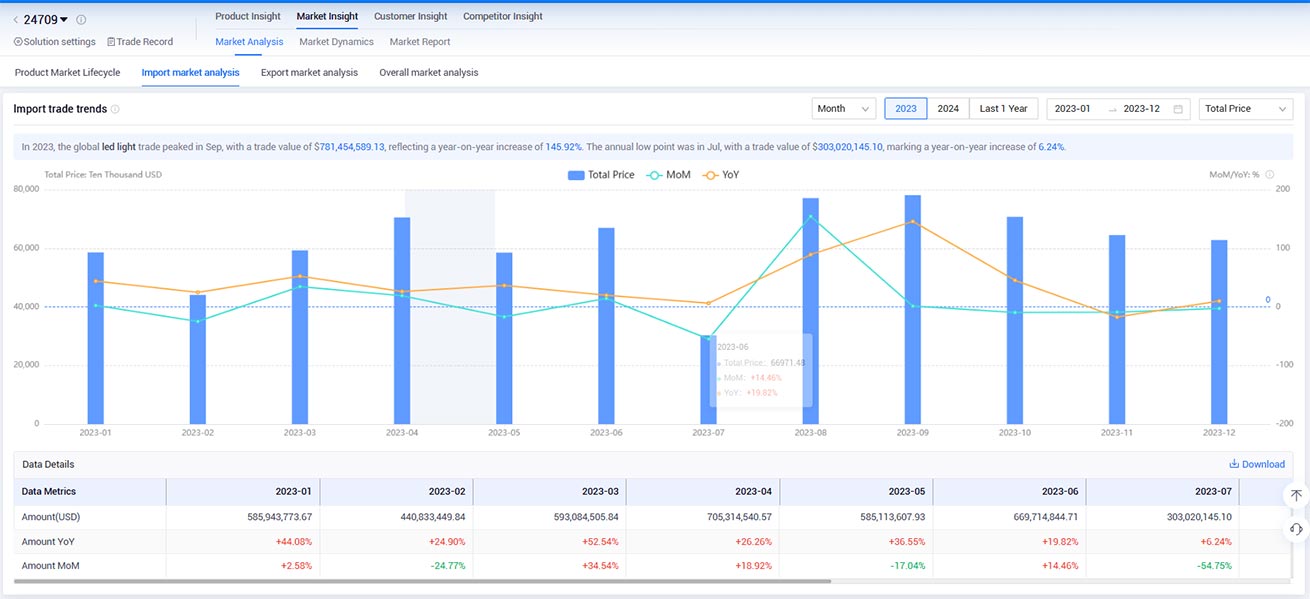
Gaining a Competitive Edge with AI
Adopting AI and robotics in trade data analysis isn’t just about keeping up with the times—it’s about gaining a competitive edge. Businesses that leverage these technologies can react faster to market shifts, mitigate risks proactively, and increase their operational efficiency.
Faster Market Reactions: The ability to instantly react to market changes provides a significant edge. AI tools allow companies to stay ahead of competitors by quickly adapting to new information.
Improved Risk Management: By predicting potential disruptions and forecasting changes in supply and demand, AI enables businesses to handle risks more effectively.
Increased Productivity: Automating data analysis and routine tasks frees up valuable time for innovation, strategy development, and growth.
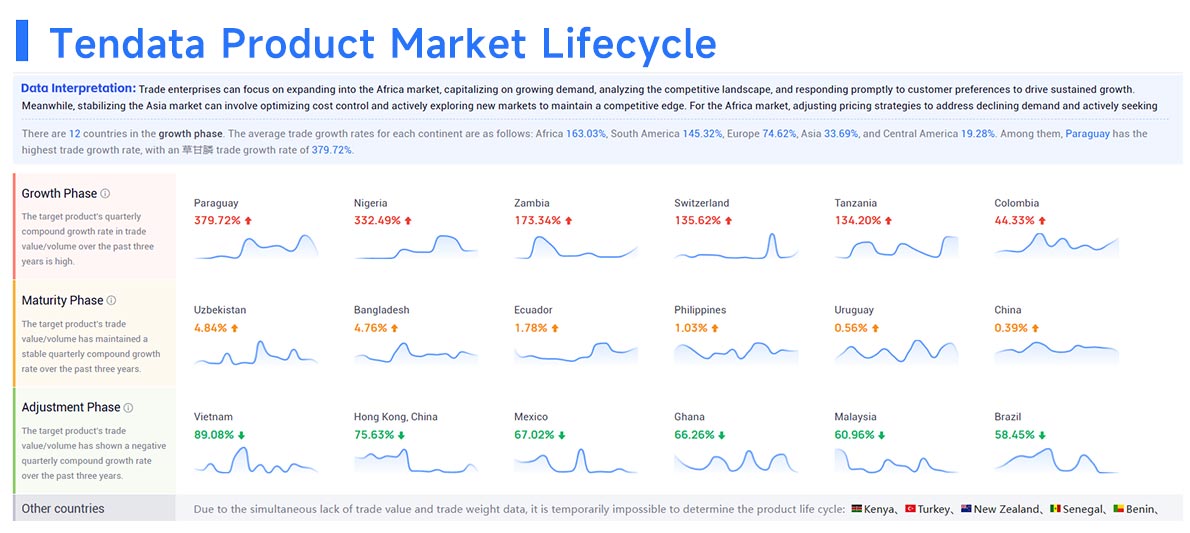
Ready for What's Next in Global Trade?
The integration of AI and robotics into global trade data analysis is not just a trend; it's the future of how trade professionals will operate. By embracing these technologies, businesses can unlock new opportunities, streamline operations, and stay ahead of the competition in an increasingly complex and fast-moving global market. As we move toward 2025, the businesses that adapt to these changes will be the ones that thrive. The future of global trade is smart, data-driven, and efficient—are you ready to embrace it?
Category
Leave Message for Demo Request or Questions


 T-info
T-info T-discovery
T-discovery

 My
Tendata
My
Tendata Market Analysis
Market Analysis Customer
Development
Customer
Development Competitor
Monitoring
Competitor
Monitoring Customer Relationship
Customer Relationship